Disclaimer: This post contains affiliate links to handpicked partners, including tours, gear and booking sites. If you click through or buy something via one of them, I may receive a small commission. This is at no extra cost to you and allows this site to keep running.
Where to find the major sites in Ireland’s Ancient East, not far from Dublin, where centuries-old ancient history lives in stone.
Ireland. Its heart beats to an optimistic rhythm and one that is distinctively unique; a culture steeped in long tradition mixed with long adversity, where happiness dominates in spite of hardship. Pride in a land so beautiful, you can’t help but instantly love it. And so beautiful it may be that all are welcome to share in her glory, and no one is considered a stranger.
But where do you start in your exploration of this culturally rich land? Not far from Dublin, ancient history lives in stone. Ireland’s centuries-old stories whisper from the rocks atop hills and within grand castles or remain alive in bustling old city walls. I went on a short journey through the southeast to uncover the Viking, Norman, and medieval foundations of today’s Emerald Isle, steeped in the relics, ruins, and foundations of Ireland’s first capitals and old strongholds.
I took a road trip around parts of what is dubbed Ireland’s Ancient East, which was as much of a homecoming for me as it was a fascinating trip into 5,000 years of history of the country. Here’s where to go in Ireland’s Ancient East to find the region’s top attractions.
Contents
Start in Dublin
Whether you are a culture vulture or pub-crawler, or there for a long weekend or a whole week, there’s plenty to give you a taste of the capital, but here’s the top pick of things to do in one day in Dublin, before moving on to the Isle’s eastern swathe of sites.
The Guinness Storehouse
Pour over the city’s legacy at the Guinness Storehouse at St.James’ Gate Brewery. Hop several interactive exhibit floors detailing the history of Guinness and its founder, Arthur Guinness, the ingredients and brewing process, how to replicate great recipes and examples of the fun advertising through the ages, ending with the chance to pull your own pint and later sip away on an expertly poured one on the seventh-floor gravity bar (the celbratory pint is included in the cost of the admission).
Cobblestone Crawl the Pubs of Temple Bar
The Temple Bar area is as much of an institution as some of the city’s major monuments. In fact, it’s a culturally preserved part of Dublin, whose cobblestoned streets and traditional architecture were saved from ruin during the modernisation of the city in the 1960s. Not only is it home to old traditional pubs, restaurants and banging nightclubs when the sun goes down, but it also hosts some of Dublin’s top cultural haunts including The Irish Film Institute, the Irish Stock Exchange and the Central Bank of Ireland.
Back to University at Trinity College
Architecture enthusiasts should trip to Trinity College – Ireland’s oldest University, founded in 1592 and one of Britain and Ireland’s seven listed ancient universities. It’s a stunning ground in the central city, with old gates, fine buildings, classic statues, and immaculate green landscaping. There’s also a contemporary art gallery and the Samuel Beckett Theatre on-site, so be sure to keep an eye out for forthcoming exhibitions and shows around the time of your visit – especially the annual Dublin Fringe Festival, part of which is hosted here.
Take a Dublin City Walking Tour
Dublin’s walking tours at the helm of locals are the greatest way to get acquainted with the hidden sides of the city that you may either walk past or not be able to find very easily. Pat Liddy’s Walking Tours depart every Monday, Wednesday, Friday and Saturday and start on Dublin’s main street, O’Connell Street, and for 45 minutes will take you on a stroll through the city’s iconic extras including the General Post Office, the Henry Street shopping district, St Mary’s Church, the Ha’Penny Bridge and the former Houses of Parliament.
Find the Famed Statues of Dublin City
Dublin’s stack of statues spans the historical, the iconic (Oscar Wilde, looking at you) and the controversial. So much so that it’s been said that over the years, a few have been removed. They are a quirky addition to the cityscape, and many have humorous, tongue-in-cheek nicknames. Take the well-known fishmonger, Molly Malone, whose cart-wheeling statue in Grafton Street has been named “The Tart with the Cart” or “The Trollop with the Scallop”. Look out for the two ladies sitting on a bench on the Ha’penny Bridge, known as “The Hags with the Bags” and the James Joyce statue, yielding a walking cane and thus given the title “The Prick with the Stick.” You’ve got to love the Irish sense of humour and it’s a great conversation starter with the locals. Who knows what other hilarious names you might learn!
Stroll the Landscaped St.Stephen’s Green
For a leisurely stroll or a picnic in the sunshine (depending on what time of year you go), head to St Stephen’s Green – a swathe of green public park near the well-known Grafton Street and St Stephen’s shopping centre. It’s the largest park in the city, perfectly landscaped and full of flowery colour and twinkling lakes. If you look at an aerial view image, it almost looks like a mini Central Park – perfect for escaping the city’s crowds.
Regally Visit Dublin Castle
While the east of Ireland is scattered with castle ruins, history buffs can get a taste of the majestic cityside at Dublin Castle, which was the seat of British rule in Ireland until 1922 and was then used as a royal residence, a meeting place for parliament and law courts, and a military station. It’s now used for official State visits, official government meetings, and international engagements. Expect opulent drawing rooms, throne rooms, and grand corridors. Or schedule your visit to coincide with a music or theatre event taking place here.
Day One Touring Ireland’s Ancient East
Visiting Tullamore D.E.W
Starting in County Offaly, it was only right to taste the most famous export of the town of Tullamore – its fine Irish Whiskey called Tullamore D.E.W, where a tasting to sniff out your favourite age-old blend is a rite of passage. It’s the town’s most famous export from the Tullamore Distillery that rests beside the Grand Canal and dates back to 1829. I’m not a whiskey fan, but the blend with a hint of apple may have swayed me a little towards this Irish staple.
Yet Tullamore’s foundations go further than distilling, with an ancient ruin concealing stories of invasion and conquest before whiskey made Ireland famous.
The Ruins of The Rock of Dunamase
The Rock of Dunamase is a castle ruin that dates back over 2000 years, perched within the layers of uneven hillsides, surrounded by farmland and encased in crumbling stonewall boundaries. It started life in the 6th Century and after the Normans invaded in the 12th Century, was built over and used as a fort. I climbed its walls and stood within the frameworks of its old windows, looking out onto a new and prosperous Ireland.
A small group of us stood on its edges and pondered Ireland that once was, in a fort we had to ourselves – we, the curious type of invader, there to tell its story.
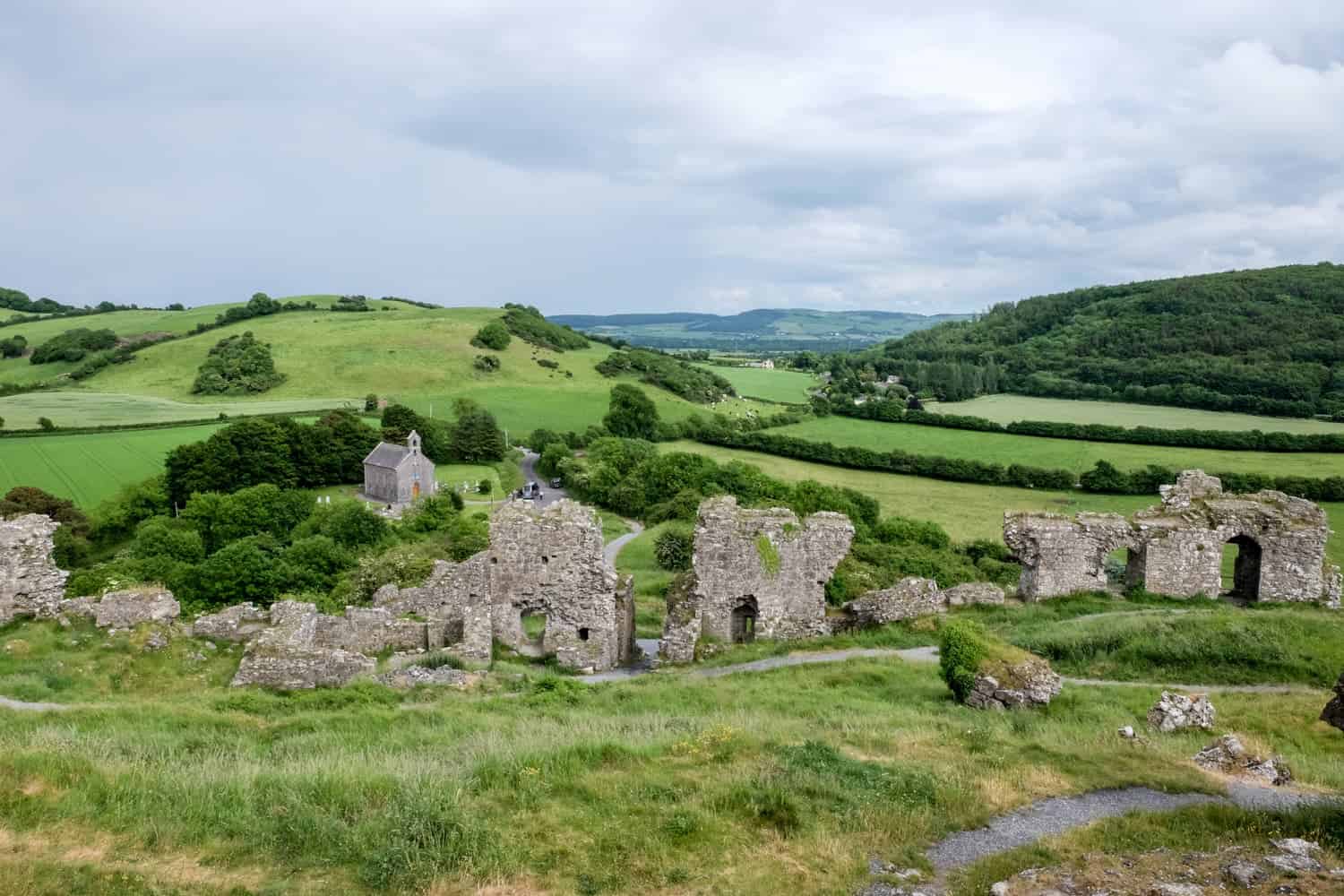
Step Inside Ireland’s Oldest Pub in Abbeyleix
No trip in Ireland is complete without an Irish pub or two, so it was only fitting on this trip to the southeast that the first pub stop was to Ireland’s oldest pub called Morrissey’s in the heritage town of Abbeyleix.
Back in the day, the pub wasn’t just where you downed a pint of your favourite ale or stout, but an all-stop-shop where you could pick up your groceries and hardware goods. The Irish pub was the centre of everyday life. Very much how it remains now.
Stay in Castle Durrow
From rock ruin to pub, the next stage of understanding old Ireland is from its days of barons and viscounts and generations-long lineage of title and splendour. An overnight stay in the 18th Century Castle Durrow country home was a chance to experience the noble way and dine and sleep within high-stature, classic interior design rooms.
Day Two in Ireland’s Ancient East
Tipperary and the Rock of Cashel
Starting for Tipperary and singing the famous “It’s a long way to Tipperary” song on the way (which we learnt isn’t actually about the County in Ireland), we headed straight for the area’s hilltop beacon, The Rock of Cashel.
Cashel’s countryside is dominated by this mighty rock set atop a mound of limestone in an area known as the Golden Vale.
A collection of early Christian and medieval buildings, including a 12th Century Round Tower, High Cross and Romanesque Chapel, 13th Century Gothic cathedral and a 15th Century Castle, this complex of ruins is one of Ireland’s most well-known relics, also known as St. Patrick’s Rock. It was once a fort of the Kings of Munster for several hundred years and later given as a gift to the church in 1101.
Hore Abbey Ruins
Intrigued by the structure below, we visited the crumbling Hore Abbey that sits wearily in the grounds below the Rock. History lingers here in isolation and eerie calm, but from the Abbey’s spooky, unkempt windows frames, you’ll find an incredible view up to The Rock of Cashel from a distance.
Visit Waterford – Ireland’s Oldest City
The second half of the day was spent exploring Ireland’s oldest city of Waterford, where a Viking moored his ship over 1,100 years, giving Waterford the title of ‘where Ireland began’.
A city captured by the Normans in 1170, who set in stone the first layers of what we see today, The Old Town has become the site of the ‘Viking Triangle’ – a walkable historical trail that includes the colourful, artefact-filled Medieval Museum, the 18th century Bishop’s Palace (recording Waterford’s history from 1700-1970), Christ Church Cathedral and Reginald’s Tower (housing a Viking exhibition) that stands next to a replica 40-foot Viking longboat.
READ MORE: On the Waterford Viking Triangle – Visiting The Oldest City of Ireland
Day Three in Ireland’s Ancient East
The Lost City of Jerpoint Park
The final day of historical digging began in the County of Kilkenny, with the fascinating story of a former pig farmer, Joe, who unearthed an ancient kingdom when buying a plot of land in retirement. Instantly, Joe became the appointed caretaker of Jerpoint Park – the 12th Century lost, medieval town.
The town was established over 800 years ago before vanishing from all records in the 1600s, and the raised mounds of earth and curves in the grassland are said to conceal what was once a prosperous town including 27 houses and 14 Taverns. It’s the focal point though, is the uncovered Church of Saint Nicholas, which contains the very tomb of the famous saint.
READ MORE: Jerpoint Park, Ireland: The Farmer Who Unearthed a Lost 800-Year-Old Town
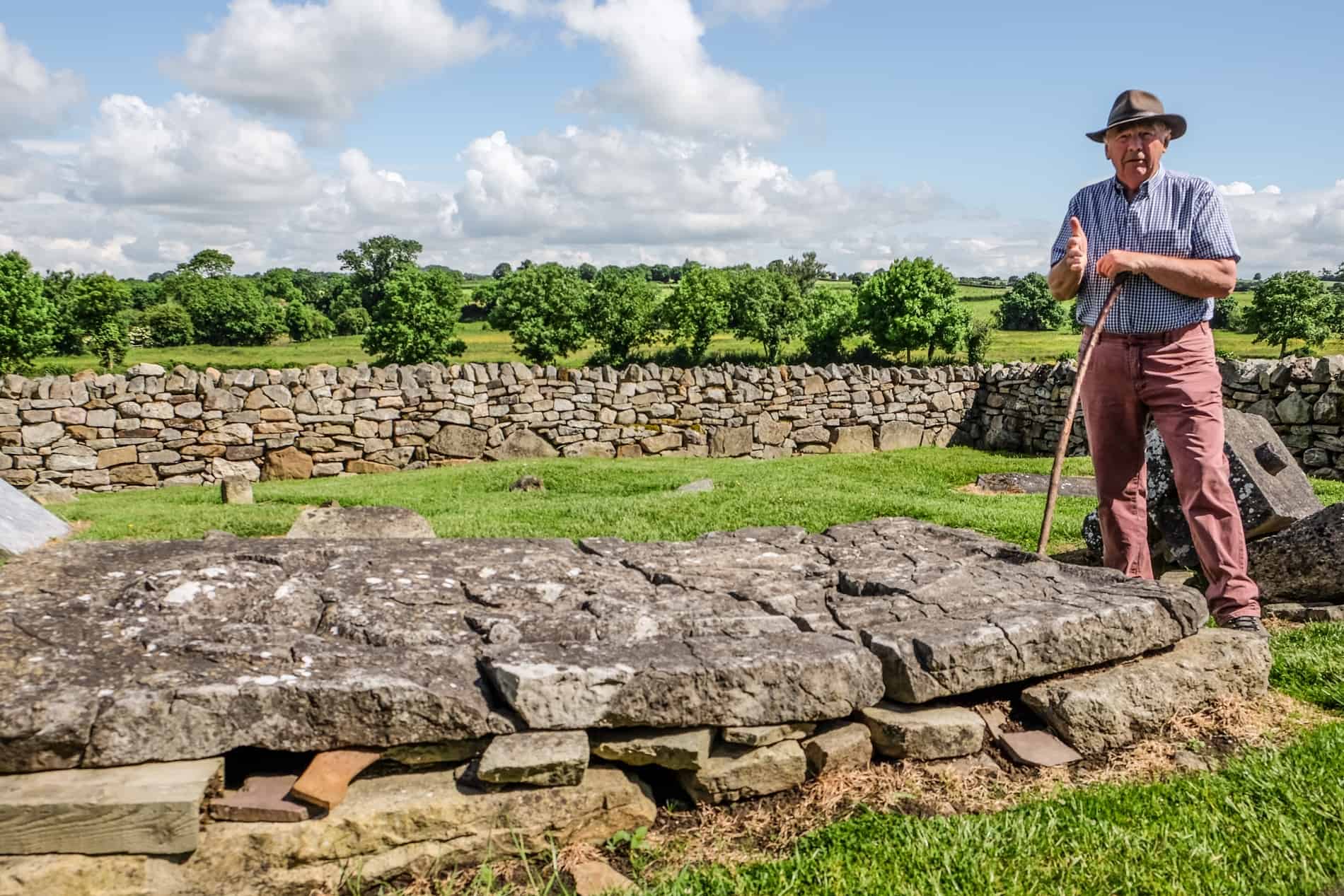
The stone tomb of St. Nicholas in St. Nicholas church.
See Kilkenny – Ireland’s First Medieval Capital
From Ireland’s deserted medieval borough to the country’s first medieval stronghold, Kilkenny was one of my favourite spots on this trip. Once the great medieval capital of Ireland, Kilkenny’s 1,500 years of heritage runs through its laneways, famous old slip lanes, stairwells, walled-city gates, towers and stone-clad landmarks.
It’s a colourful and vibrant city to wander in with seven gates, a castle, nine churches, two cathedrals, and an impressive selection of around 70 pubs! The merriment that is known of this culture goes back to the ancient days of brewing and enjoying the ‘liquid sunshine’. But should you find yourself in a situation where it’s difficult to decide where to go, then head to the street where six of them are lined up in a row, or to the famed Kytelers Inn – the oldest of all in Kilkenny and at the centre of Ireland’s (and it is said Europe’s) only witch trials took place here in 1324.
READ MORE: The Kilkenny Medieval Mile Trail – The First Medieval Capital of Ireland
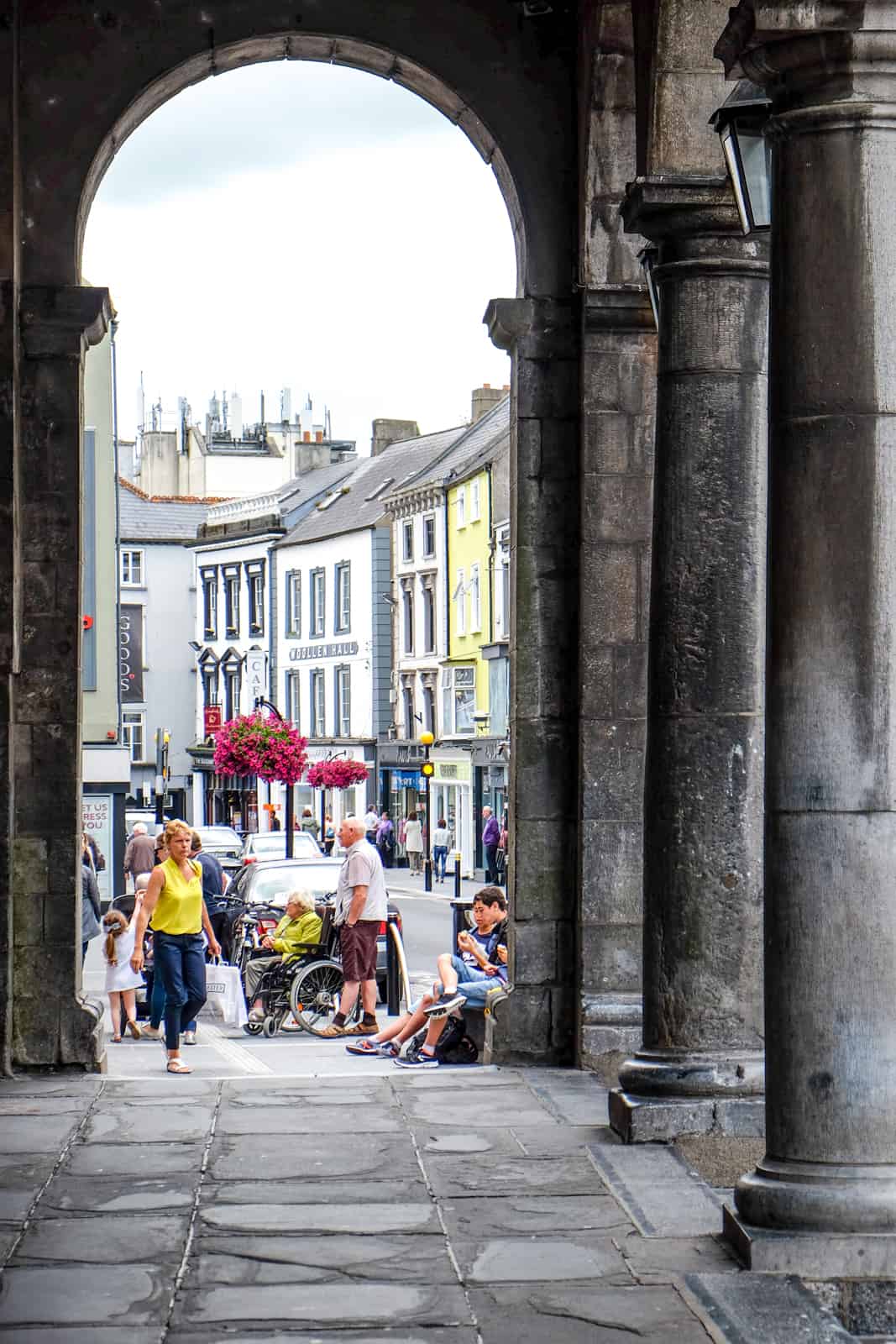
The historical trail of Kilkenny’s Medieval Mile.
When I returned home, my DNA test results came through, placing a genome linage of around 4,000 years in this very country more so than I thought.
I’m a very small part of the 5,000 years of history I retraced in rocks and ruins and old towns filled with the sounds of old stories and song.
But for a short while, I went home.
Things to Know About Travel to Ireland’s Ancient East
- In European history, the Middle Ages or medieval period lasted from the 5th to the 15th century. The Norman invasion of Ireland took place during the latter half of the 12th century.
- Wander through 5,000 years of history in Ireland’s Ancient East on Ireland’s Ancient East website. I explored the southeast region in conjunction with Ireland Tourism and iAmbassador as part of a campaign to bring the country’s centuries-old history to life.
- Combine the east of Ireland with a trip with the Causeway Coast, with the easy connection from Dublin to belfast. Get started with these things to do in Northern Ireland to see it differently.
- If Ireland’s Ancient East is just the start of your plans, and you want further inspiration, the Irish insurance company Chill.ie surveyed 1,000 Irish men and women and pulled together a handy e-book on some of Ireland’s best cultural drives. It even includes one of my top hotspots listed, the Rock of Cashel, and other famous attractions like the Blarney Stone, alongside themed art and musical spots.

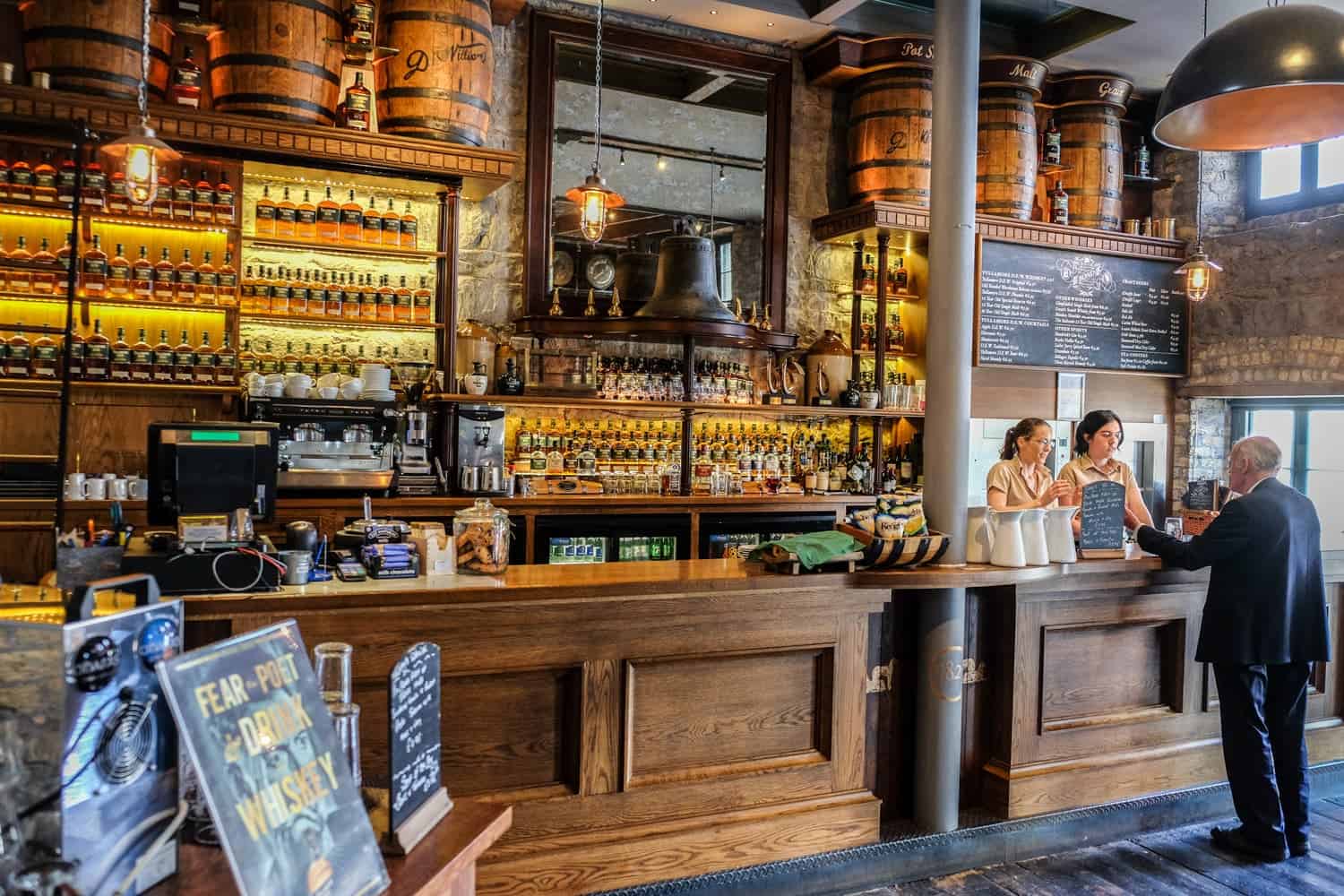
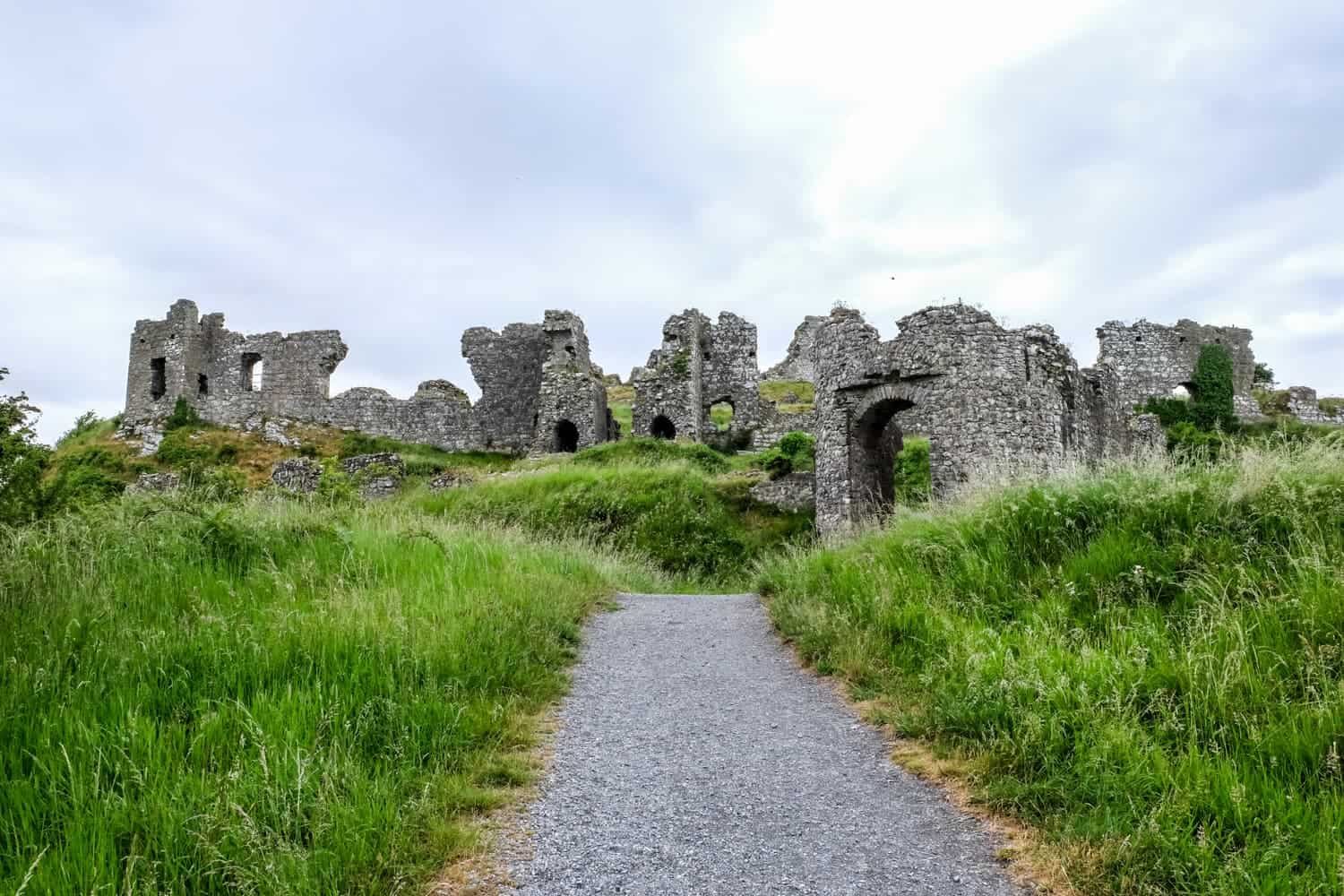

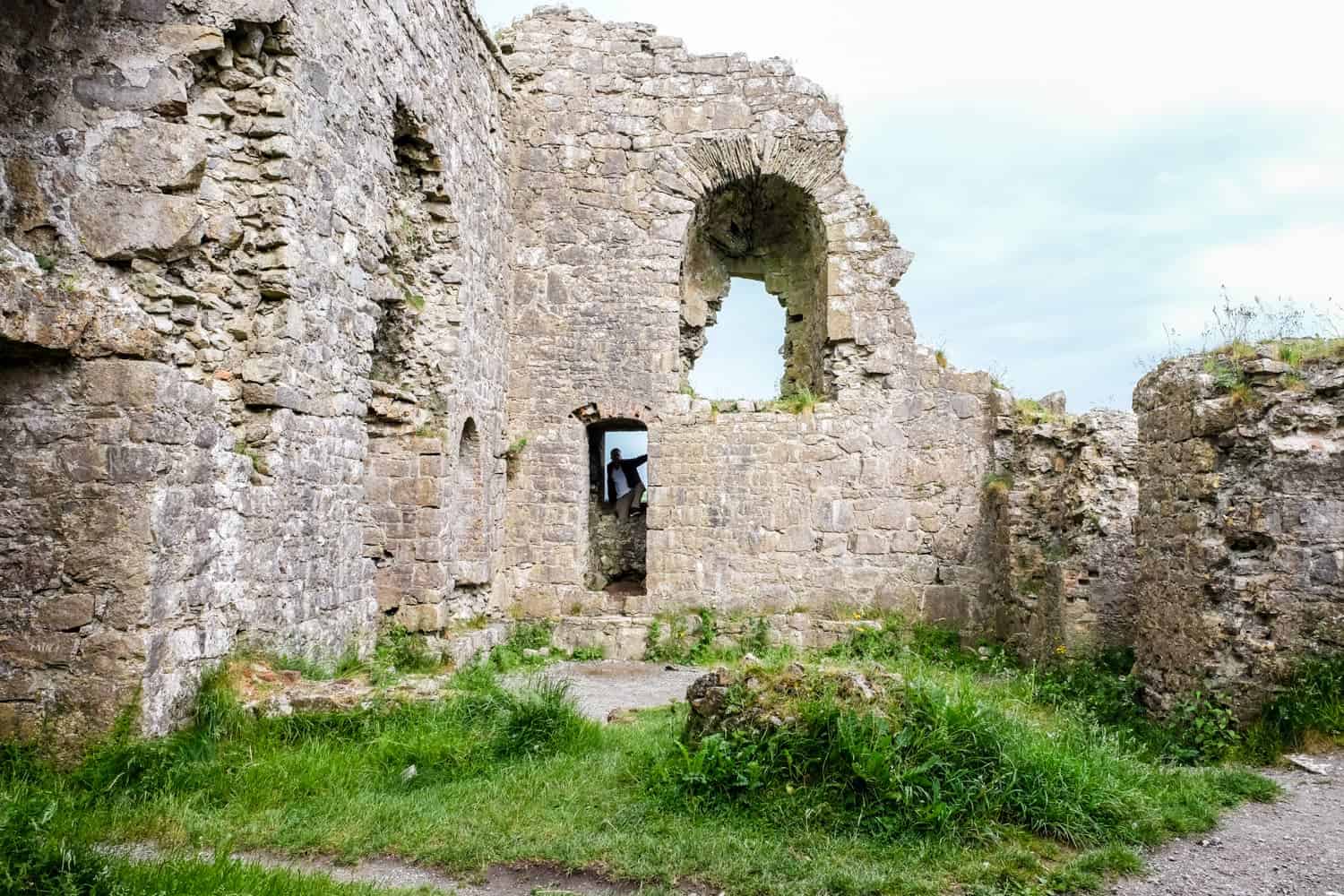
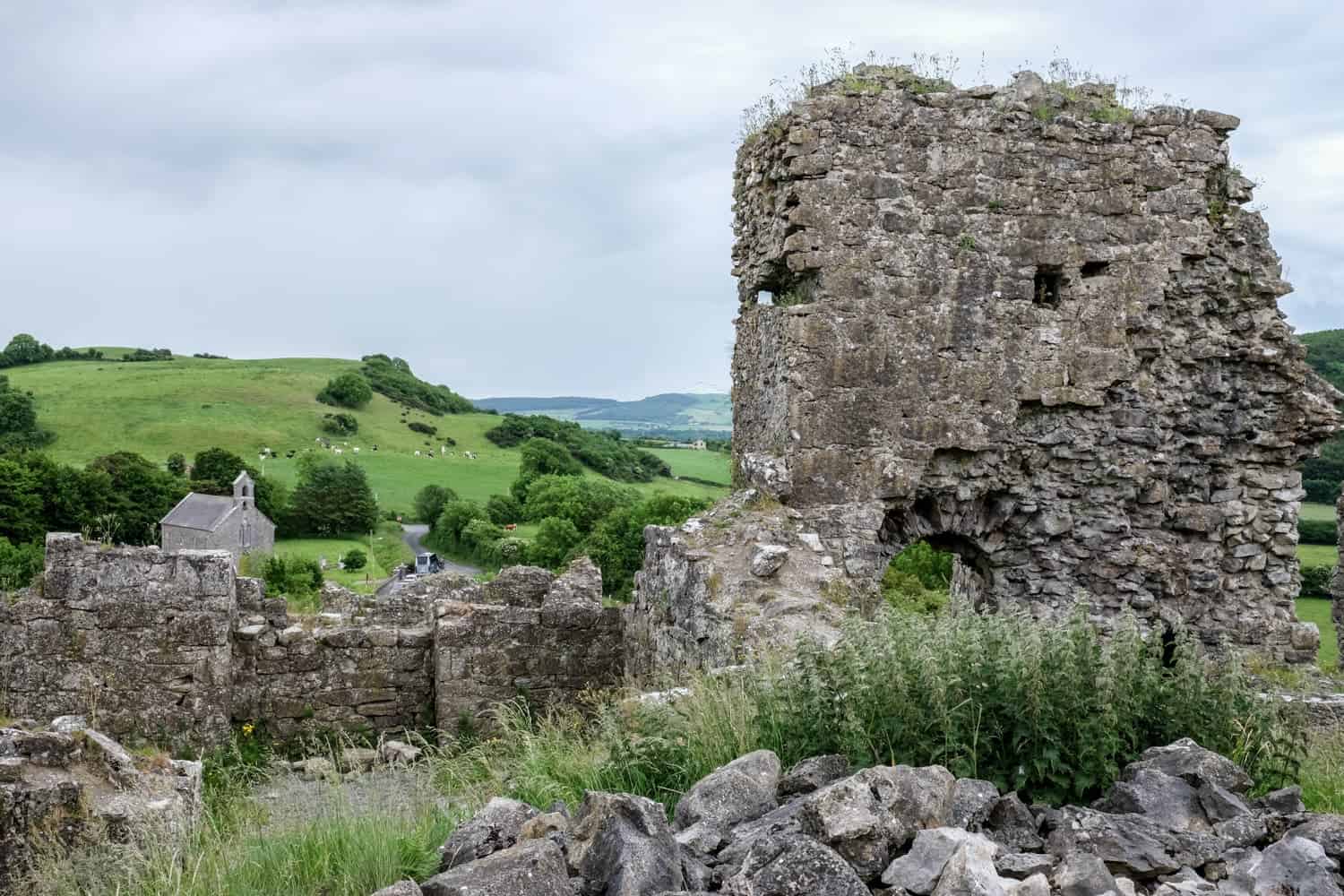
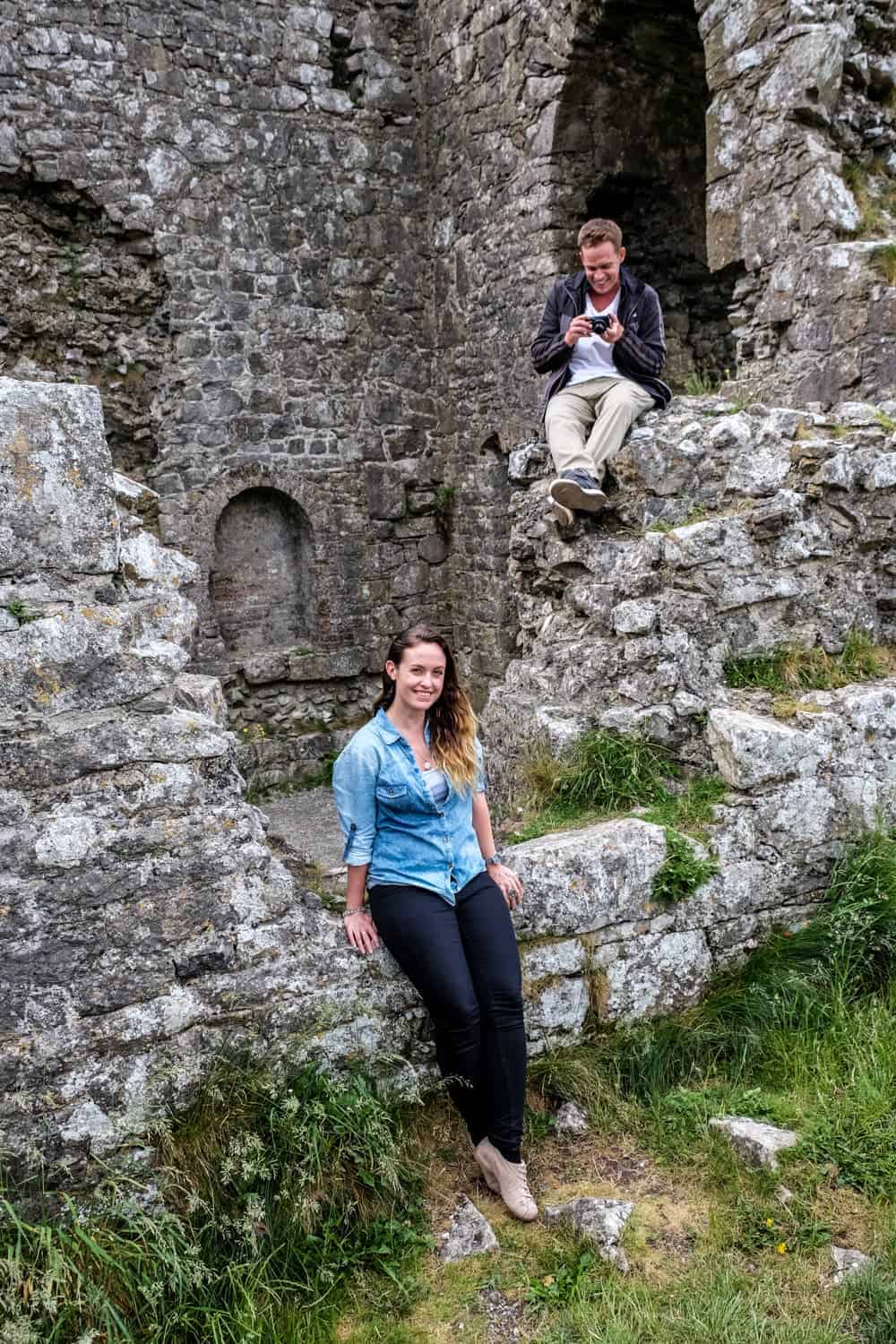
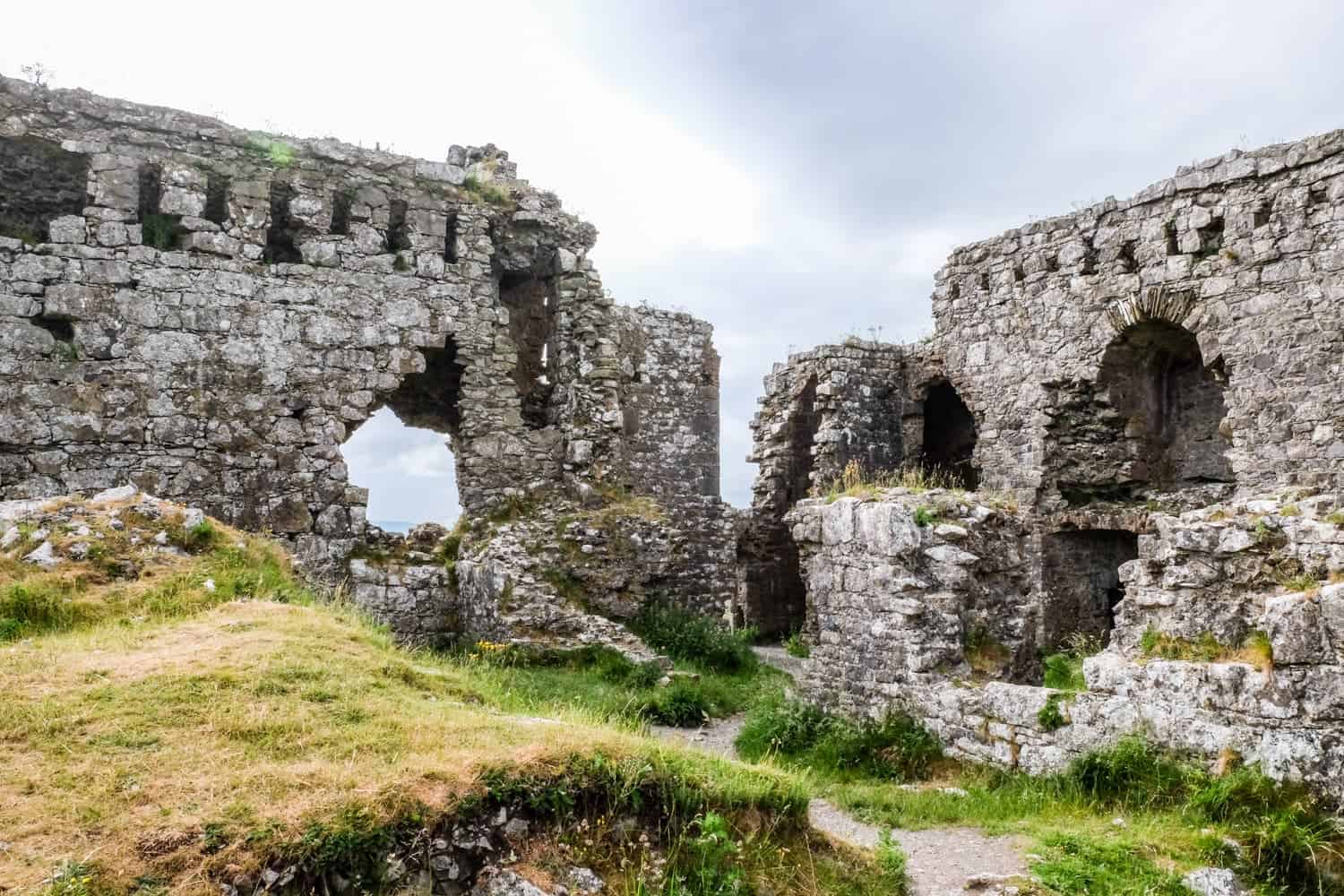
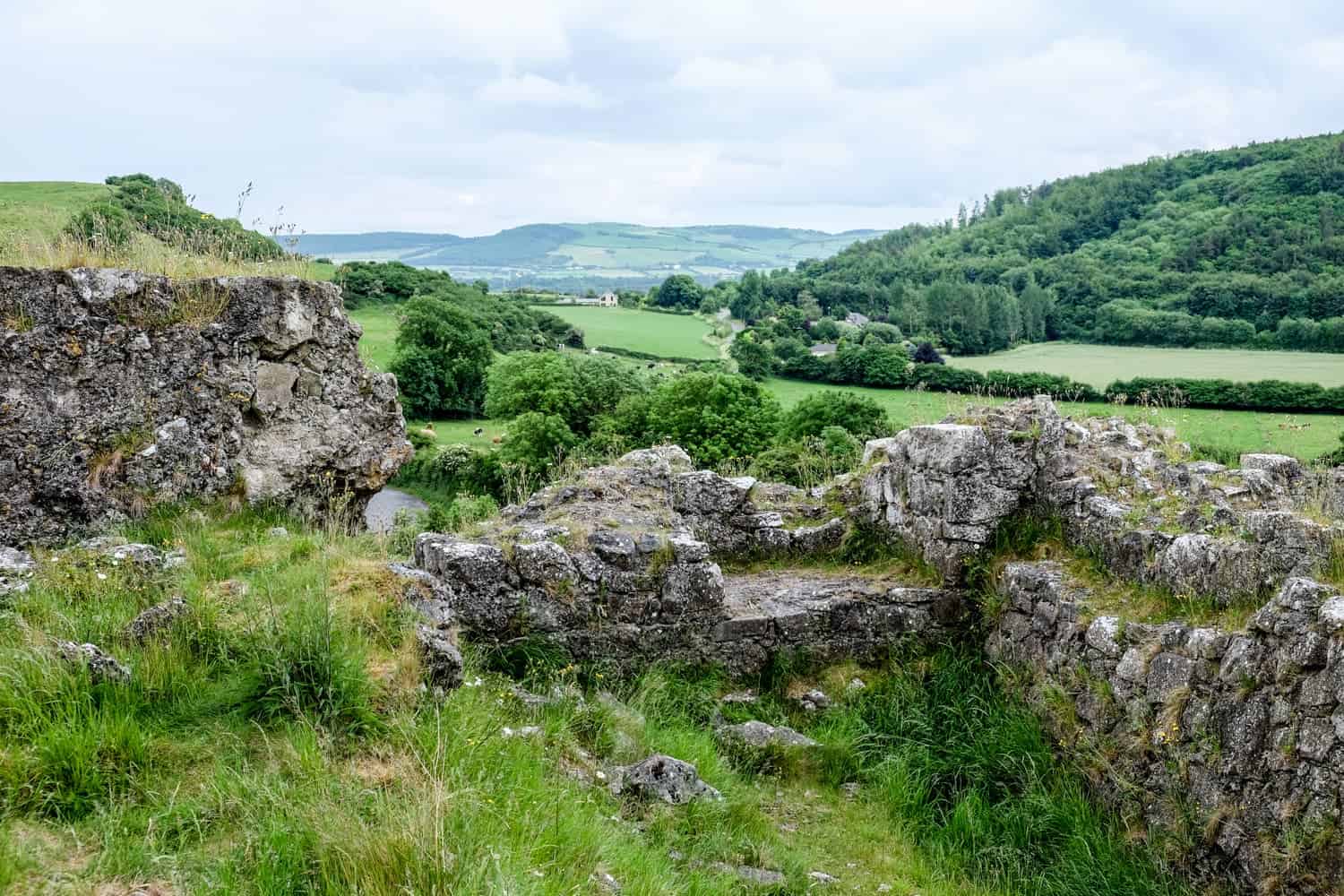
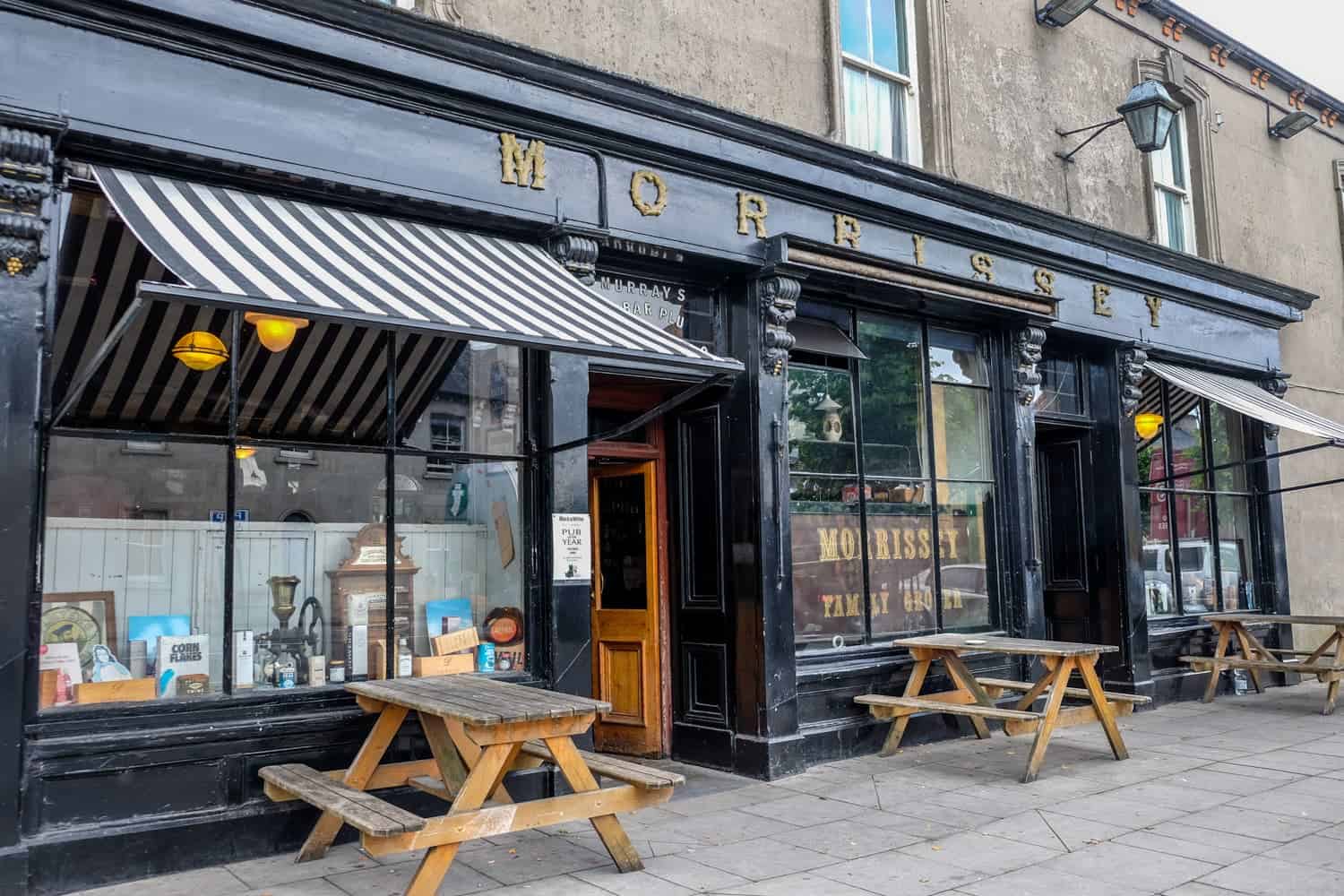
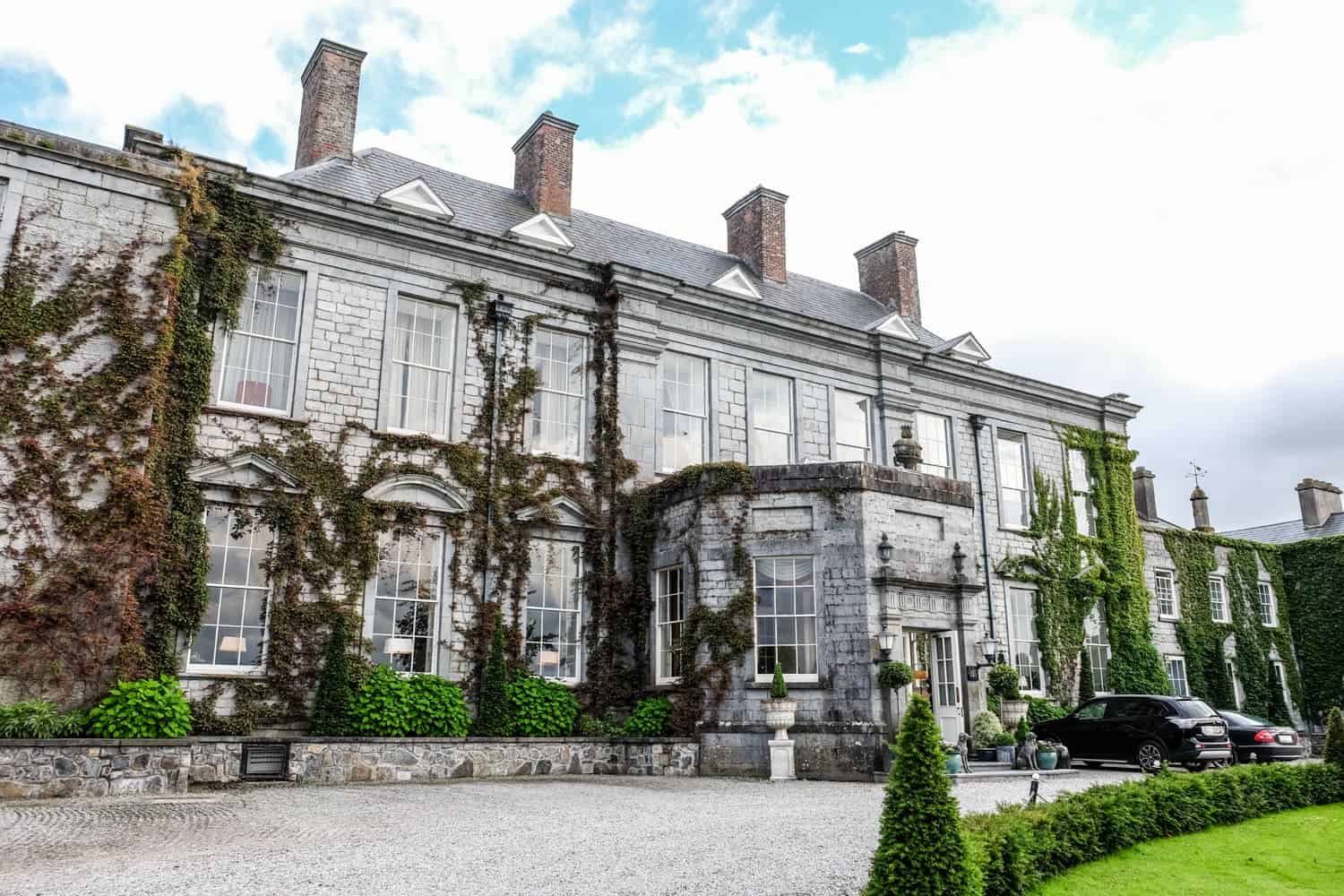
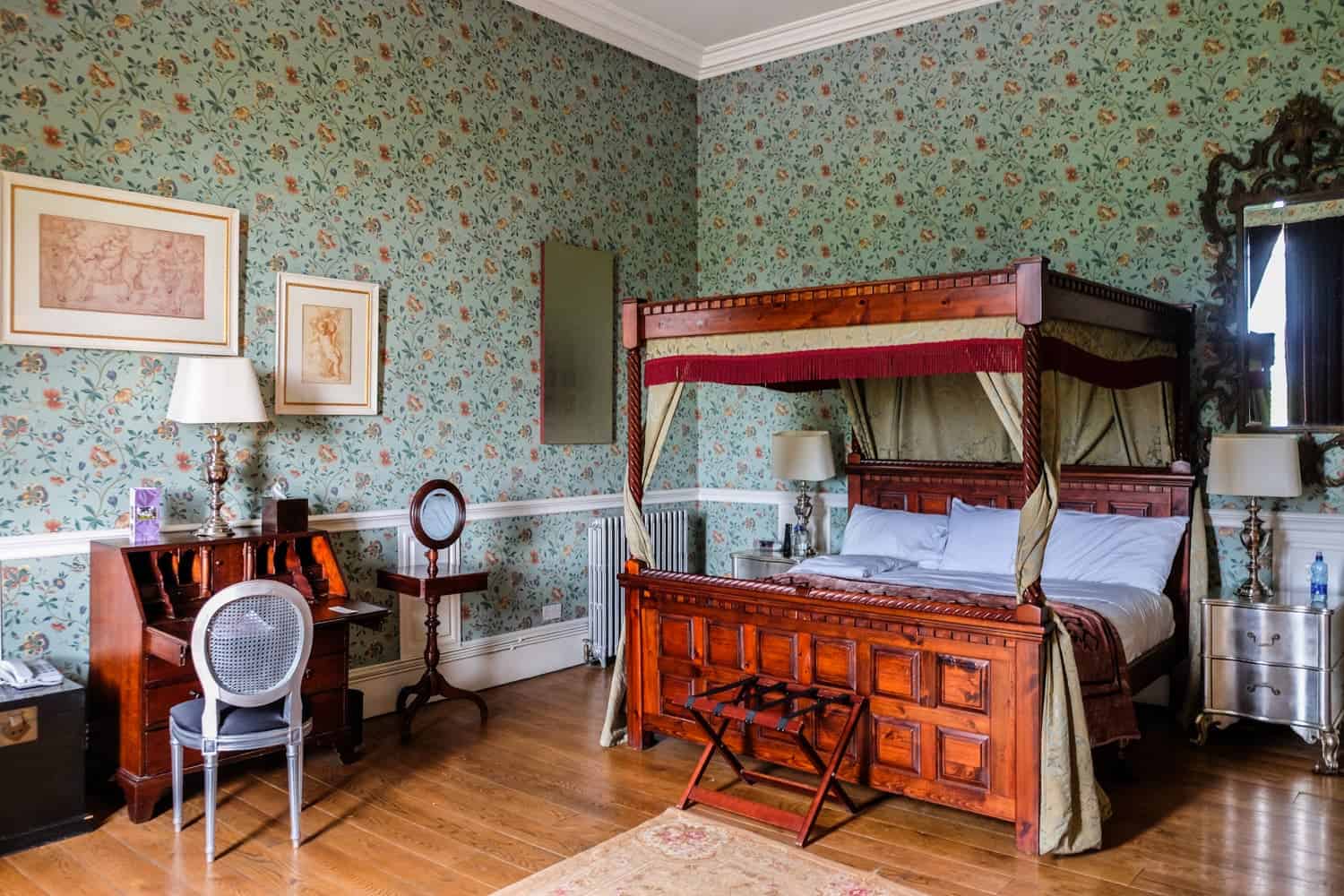
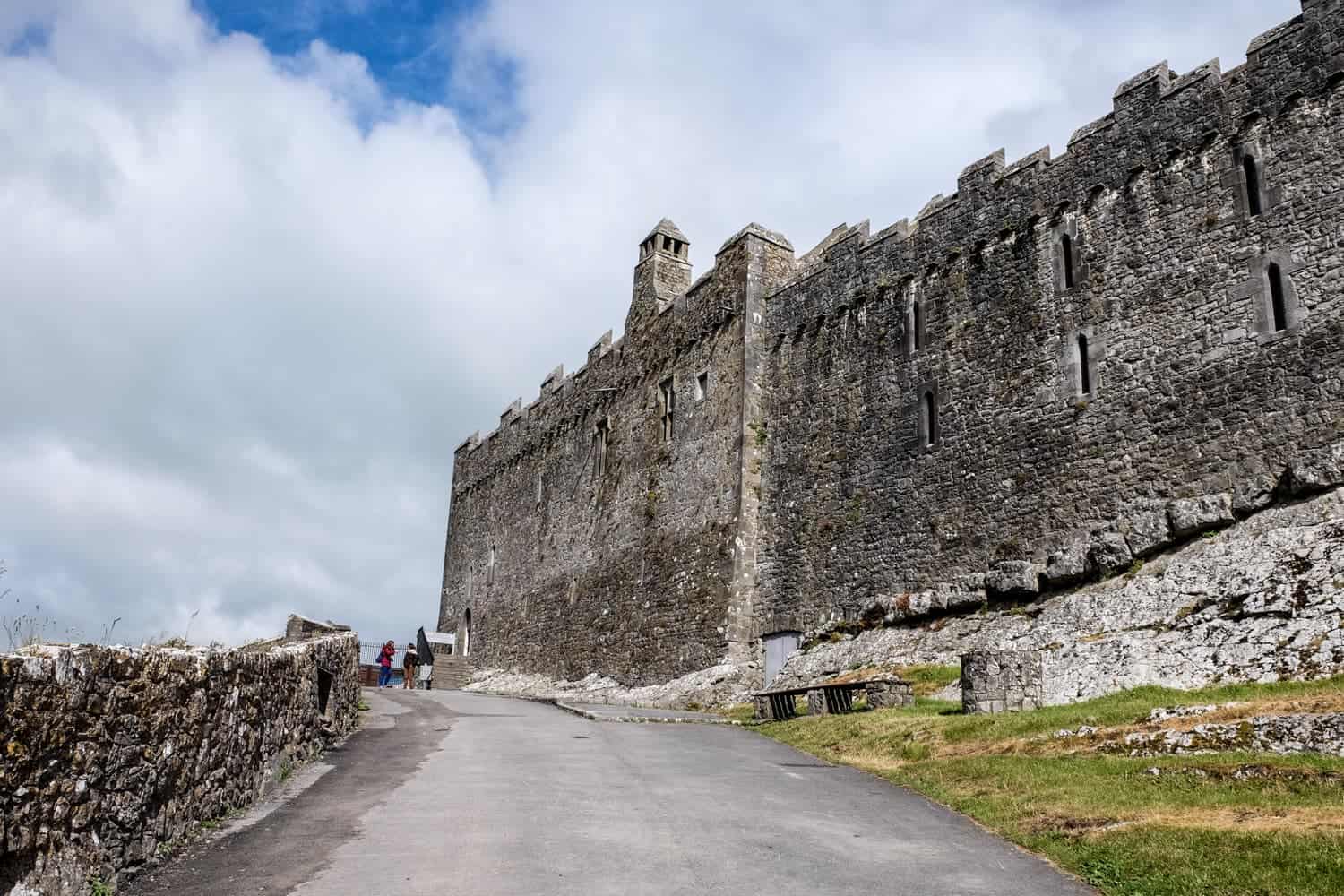
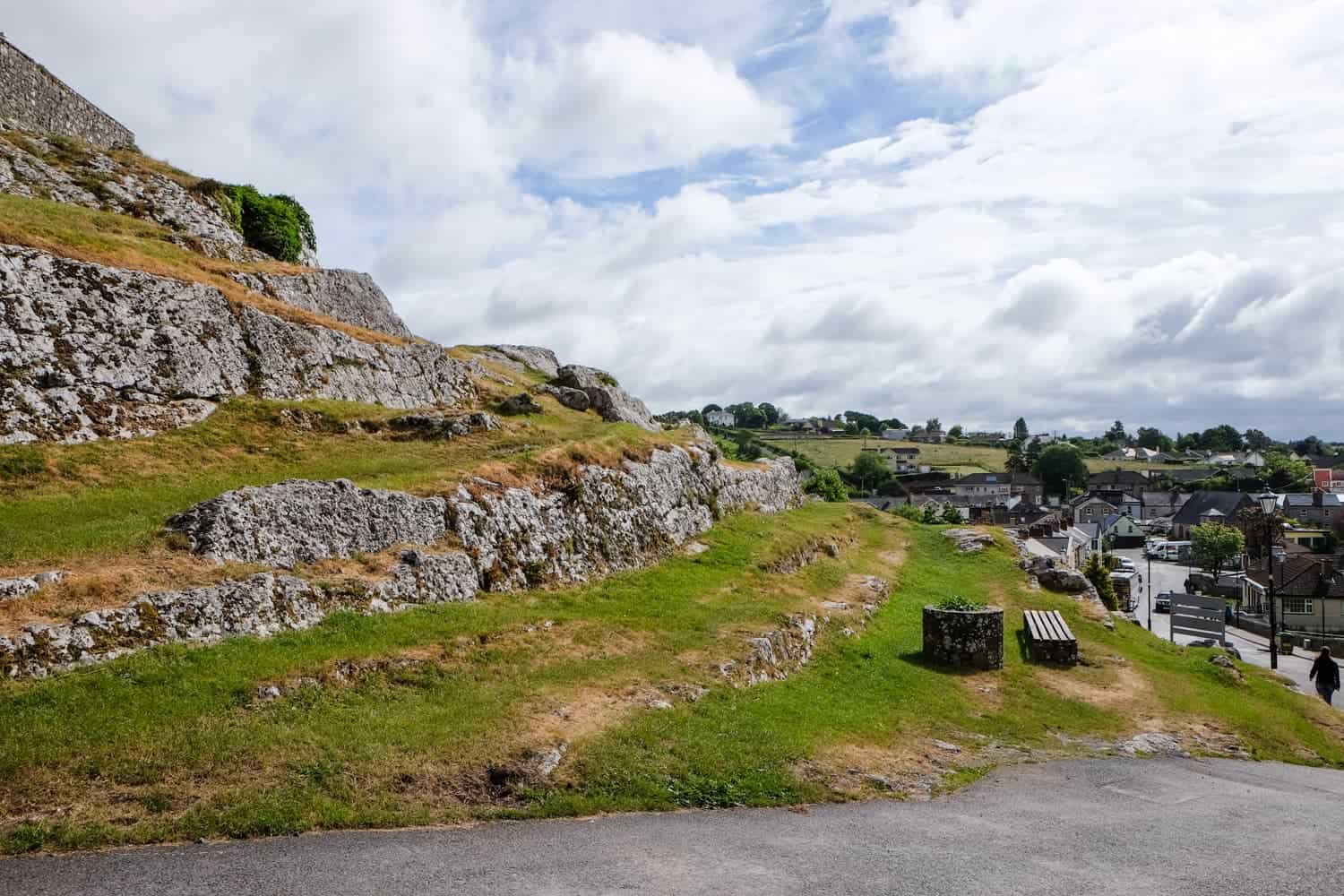
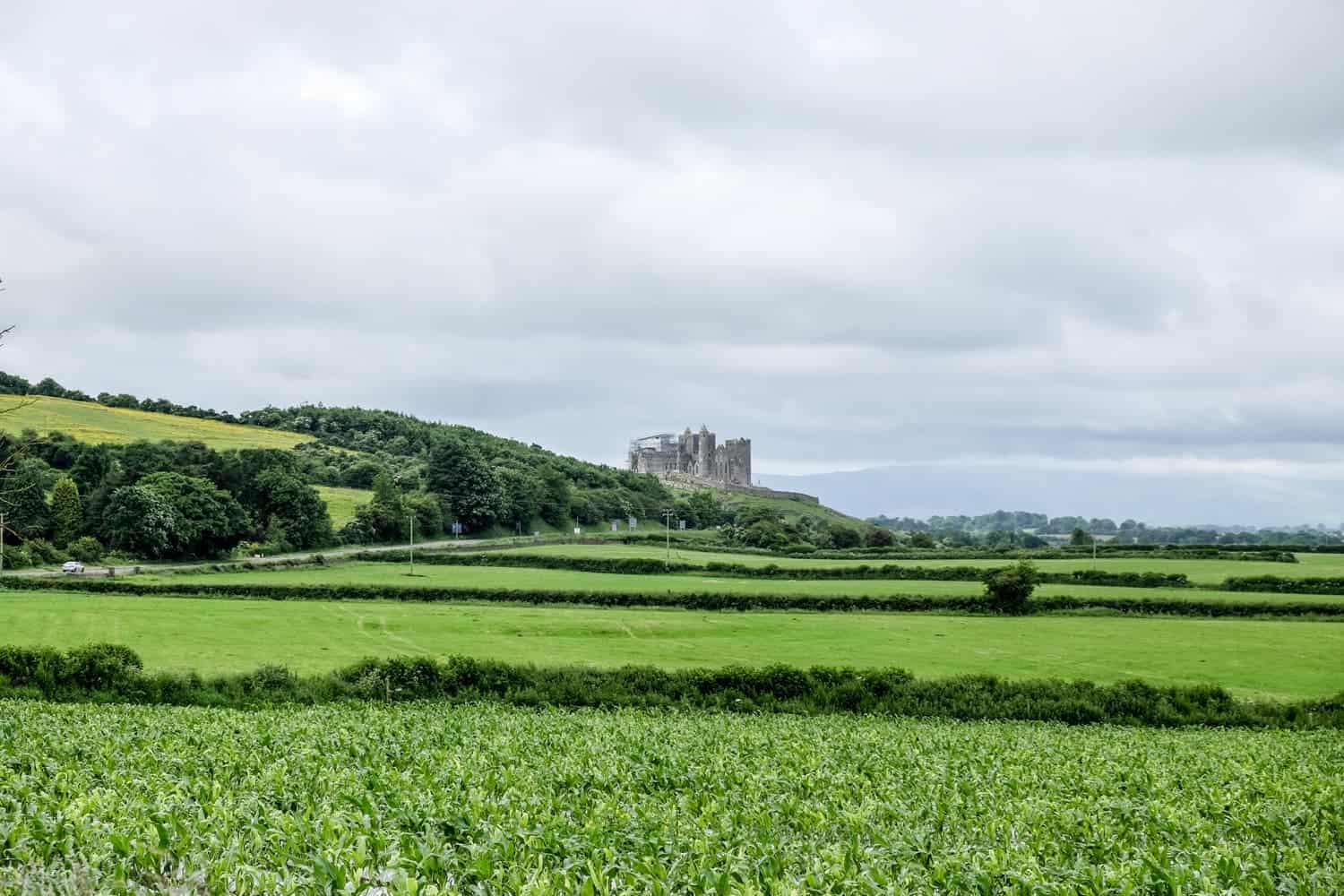
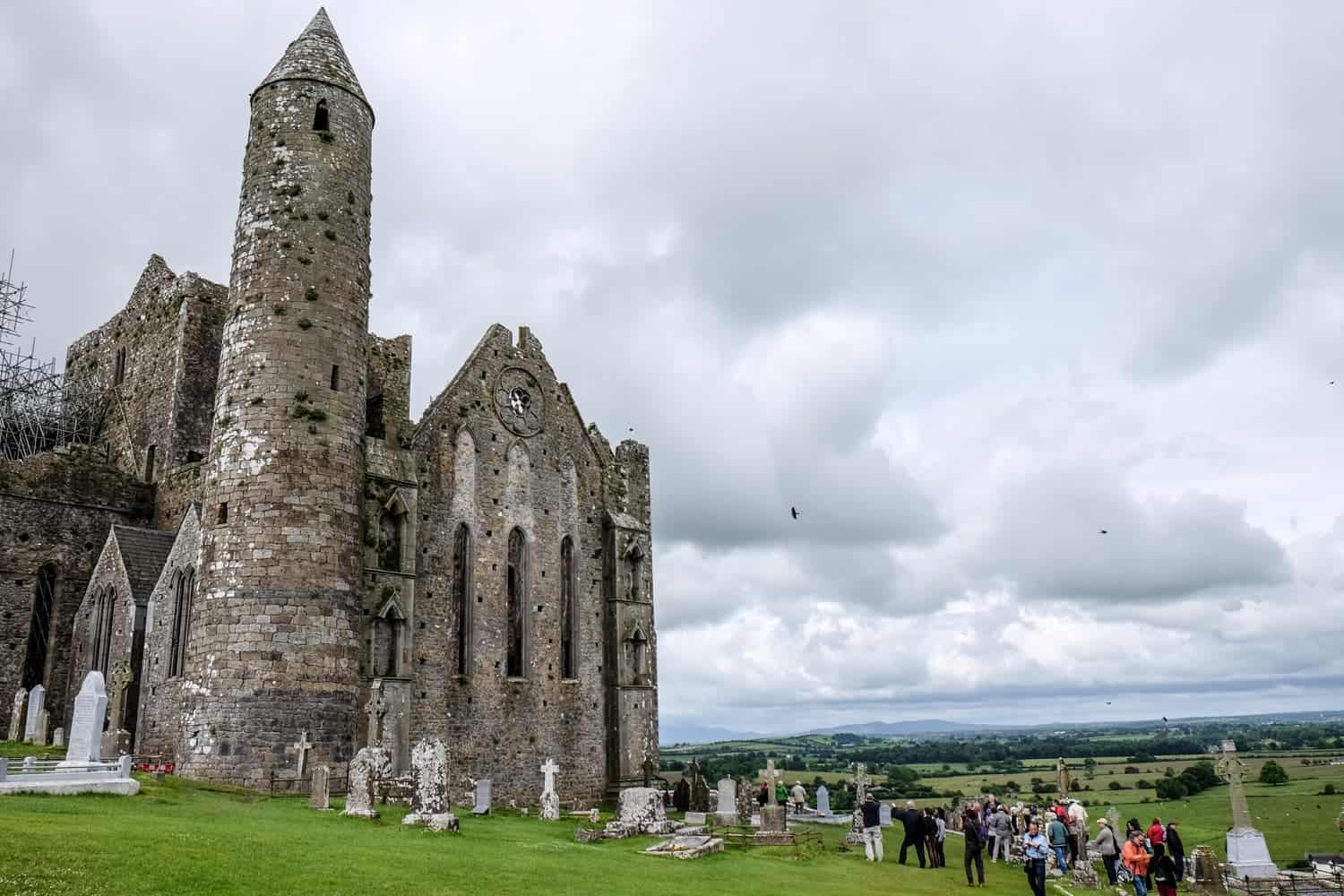
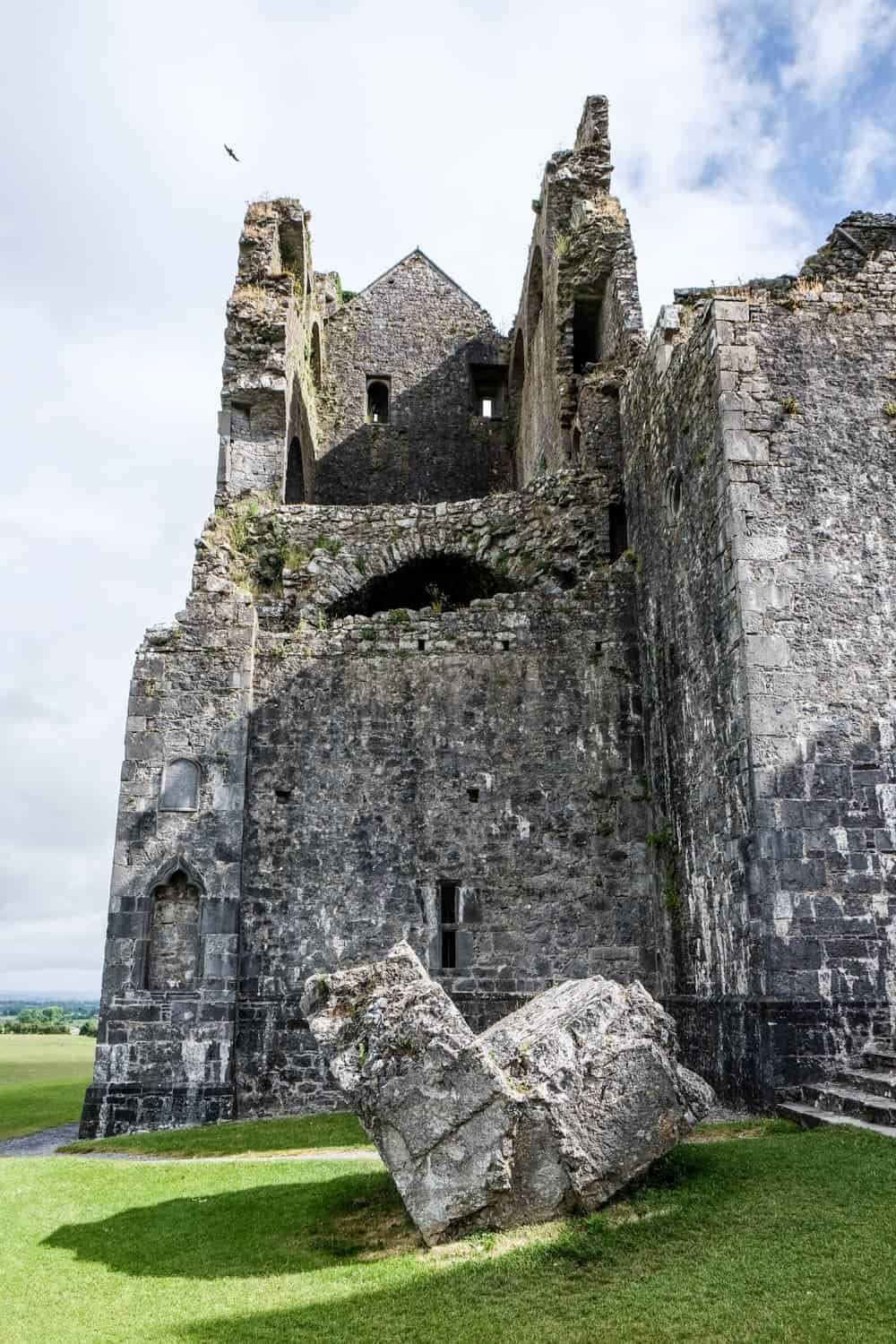
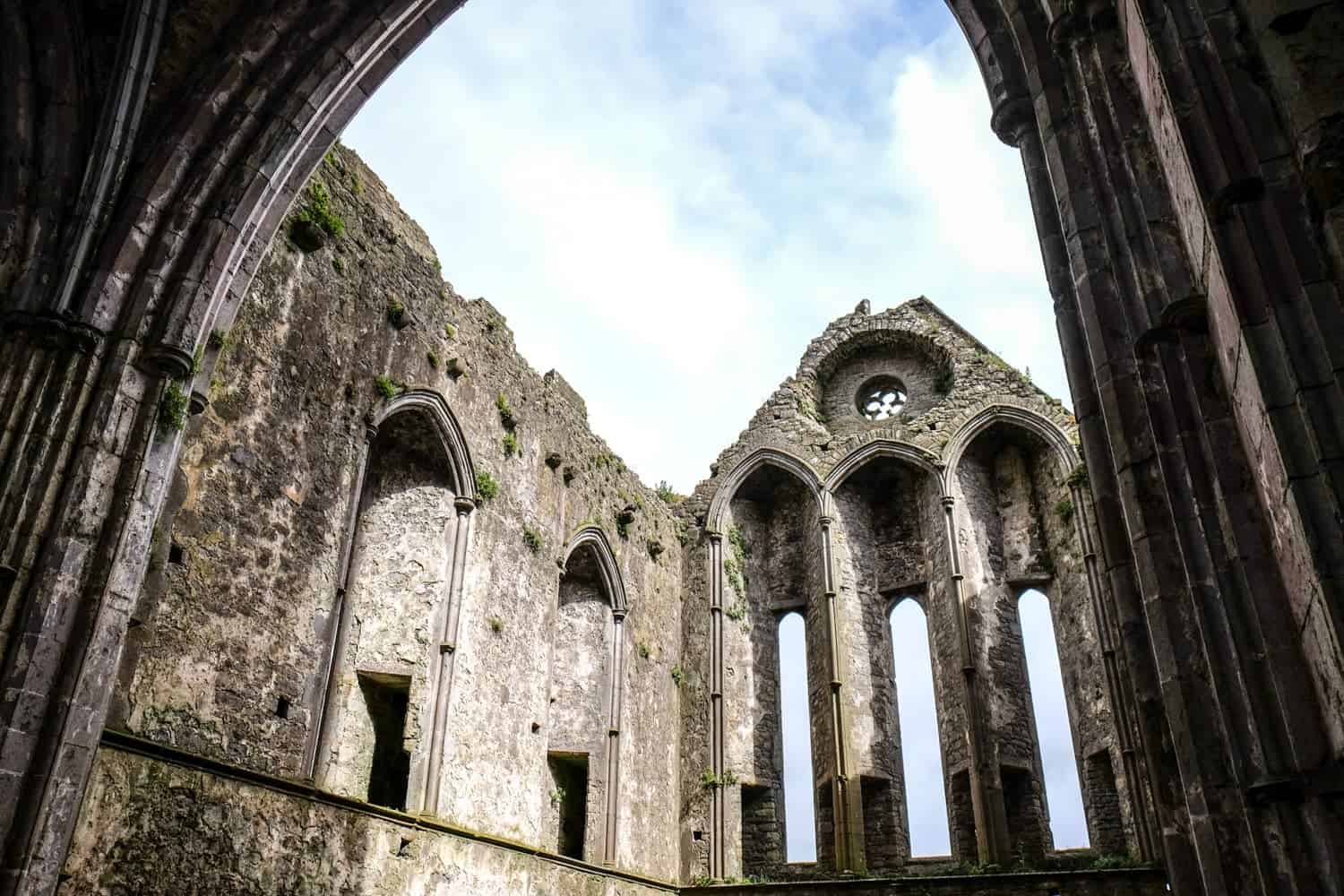
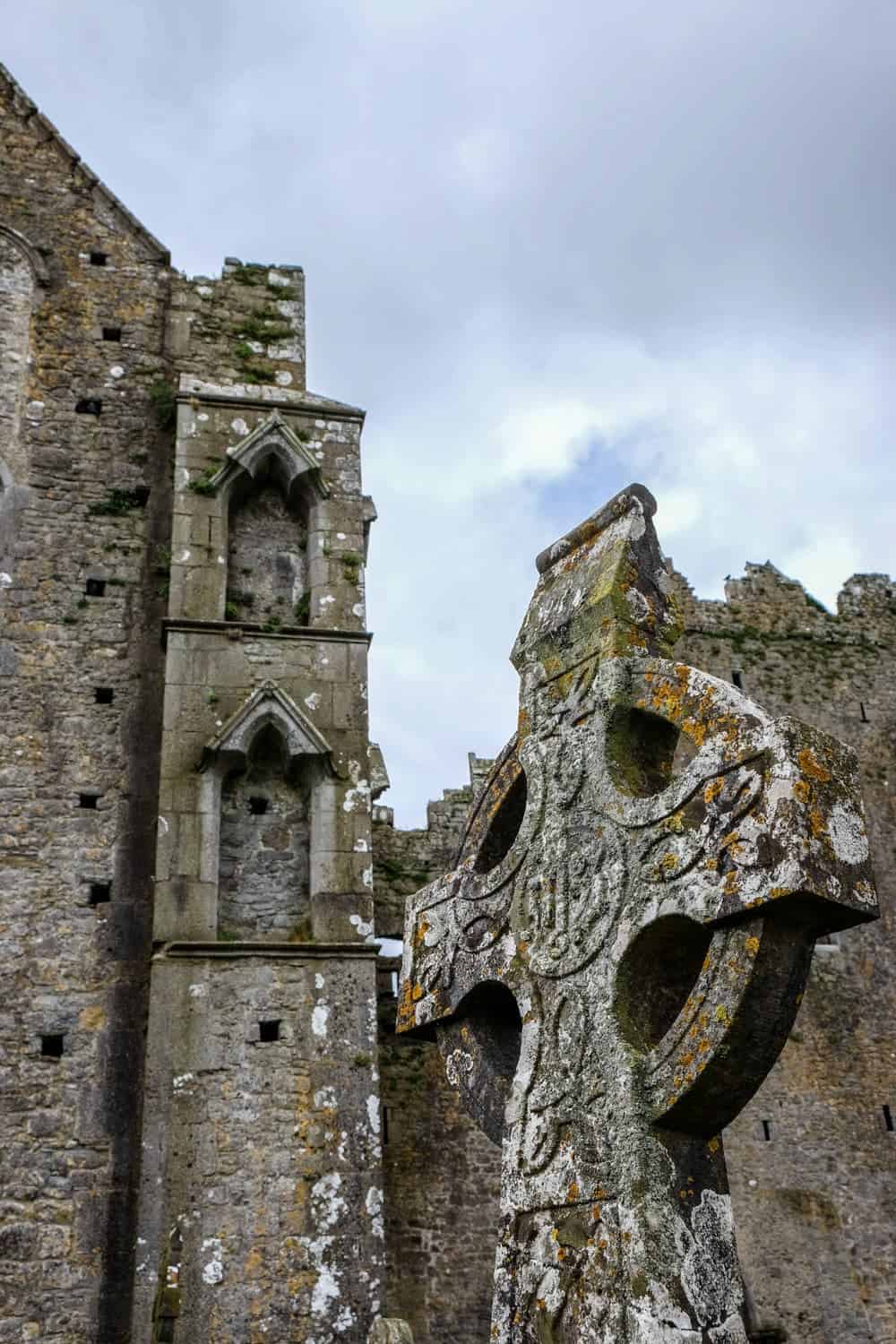
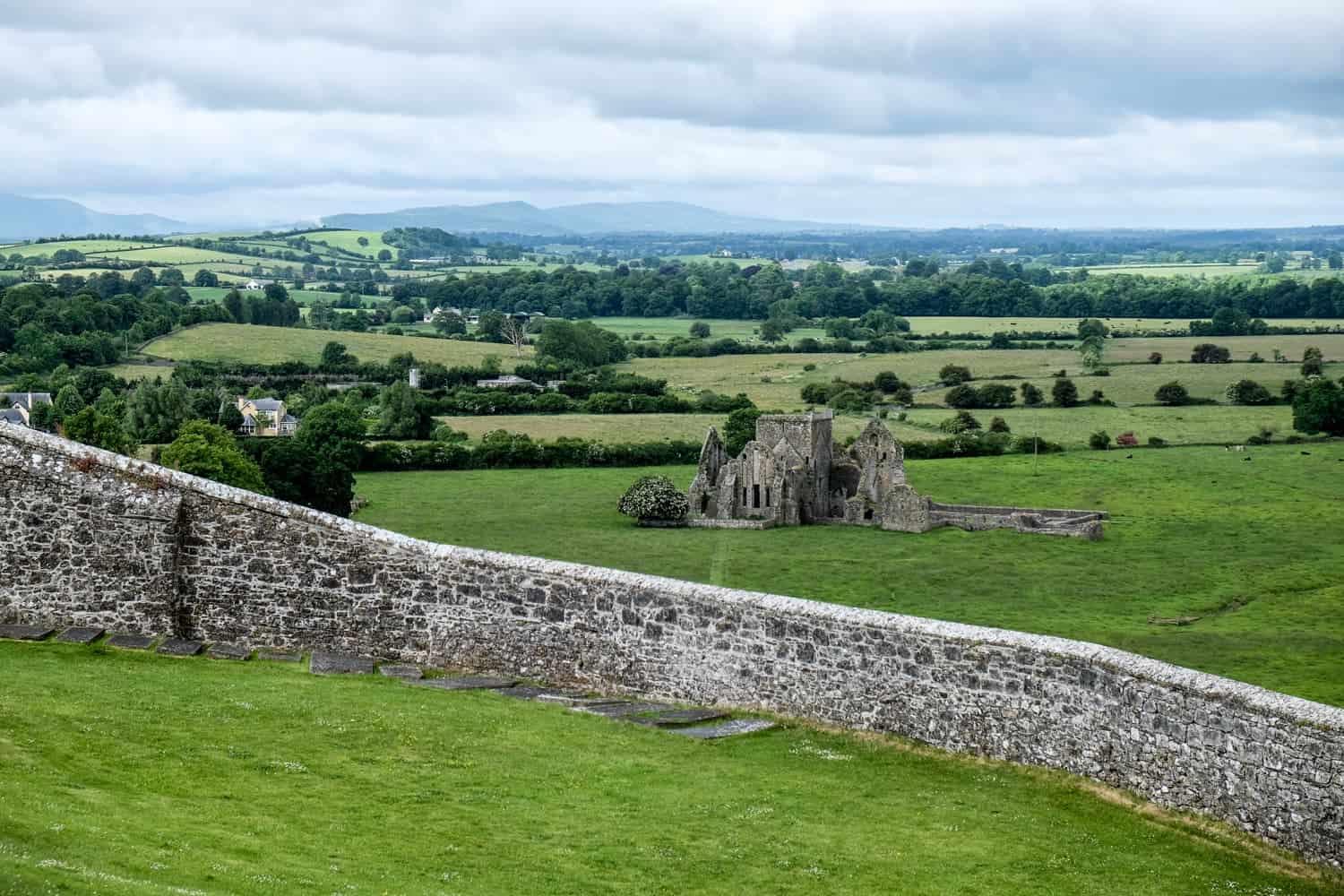
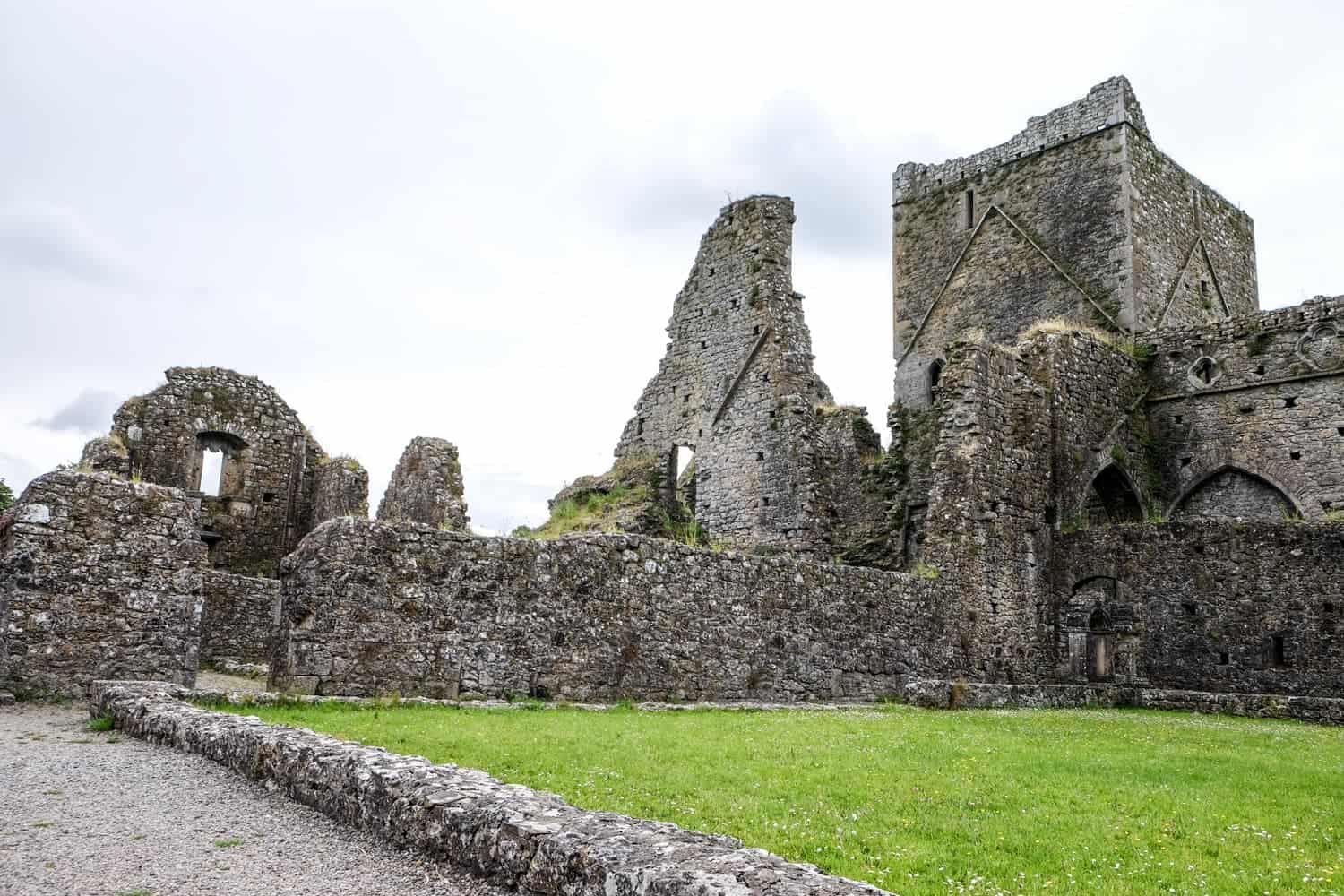
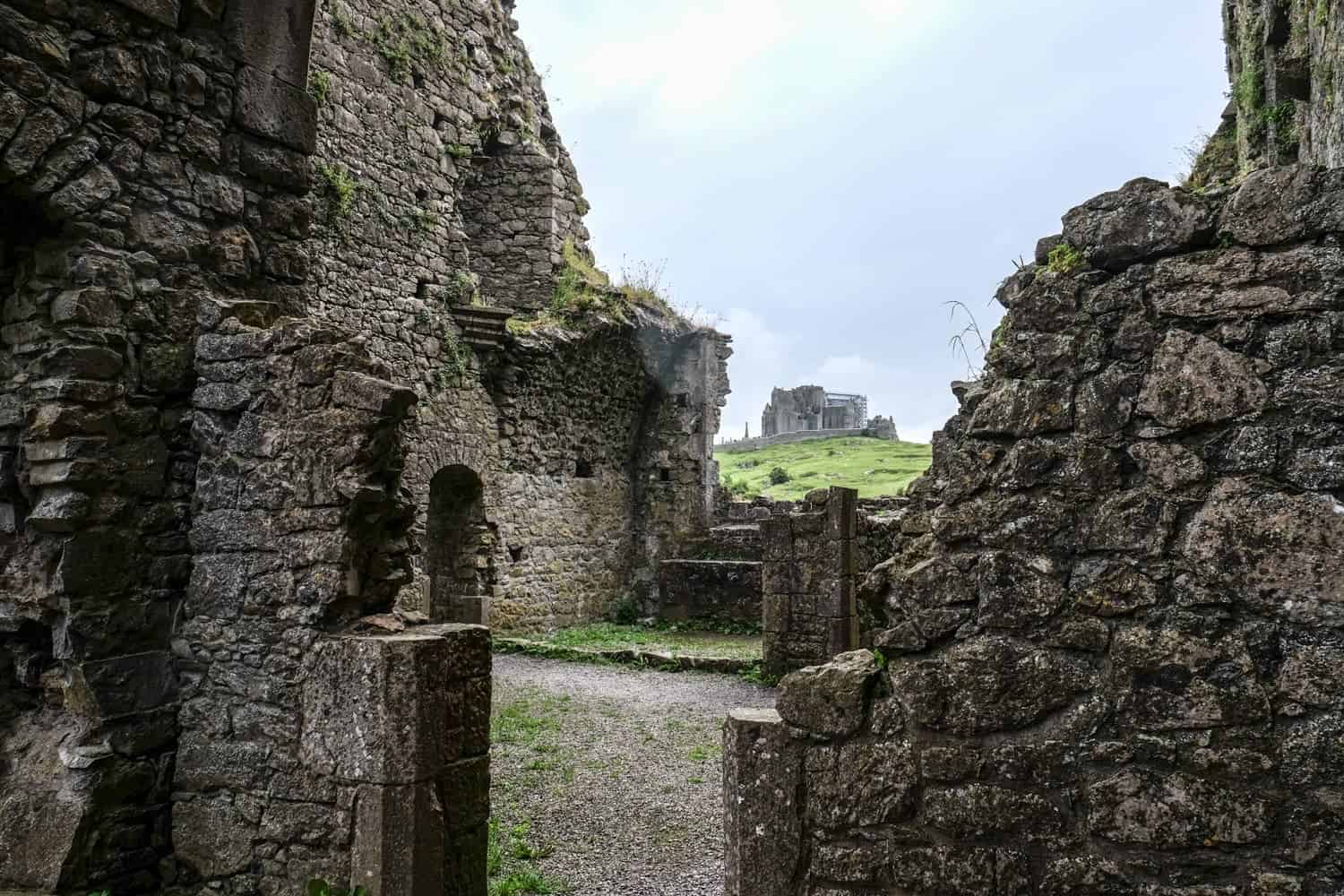
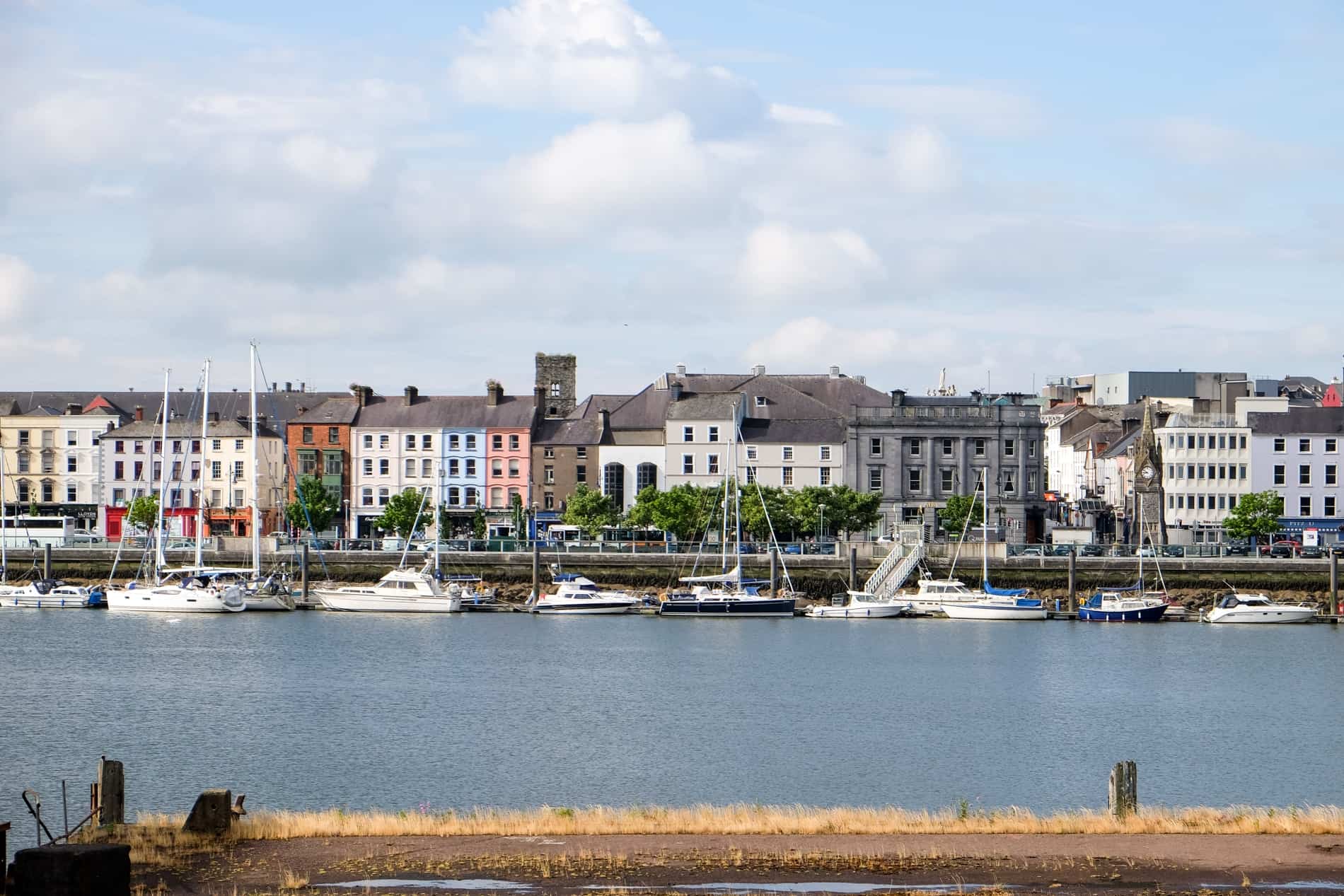
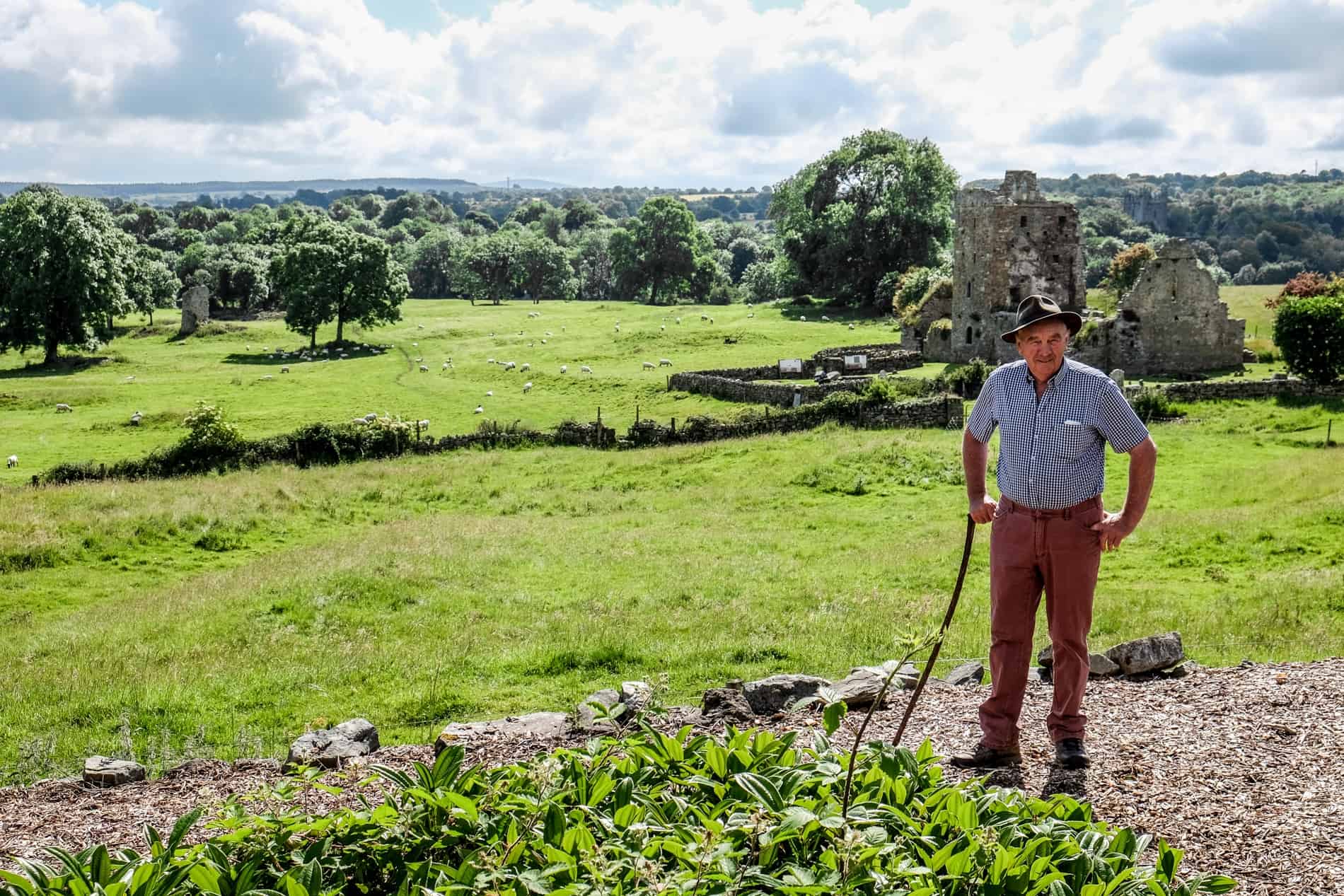

Medina Ilyassova says
Im flying to Ireland in a month, thanks a lot for your tips – very valuable for such an outdoor fan like me 🙂
Marie says
Ireland’s Ancient East has so many stories — especially for someone like you with proper Irish heritage!